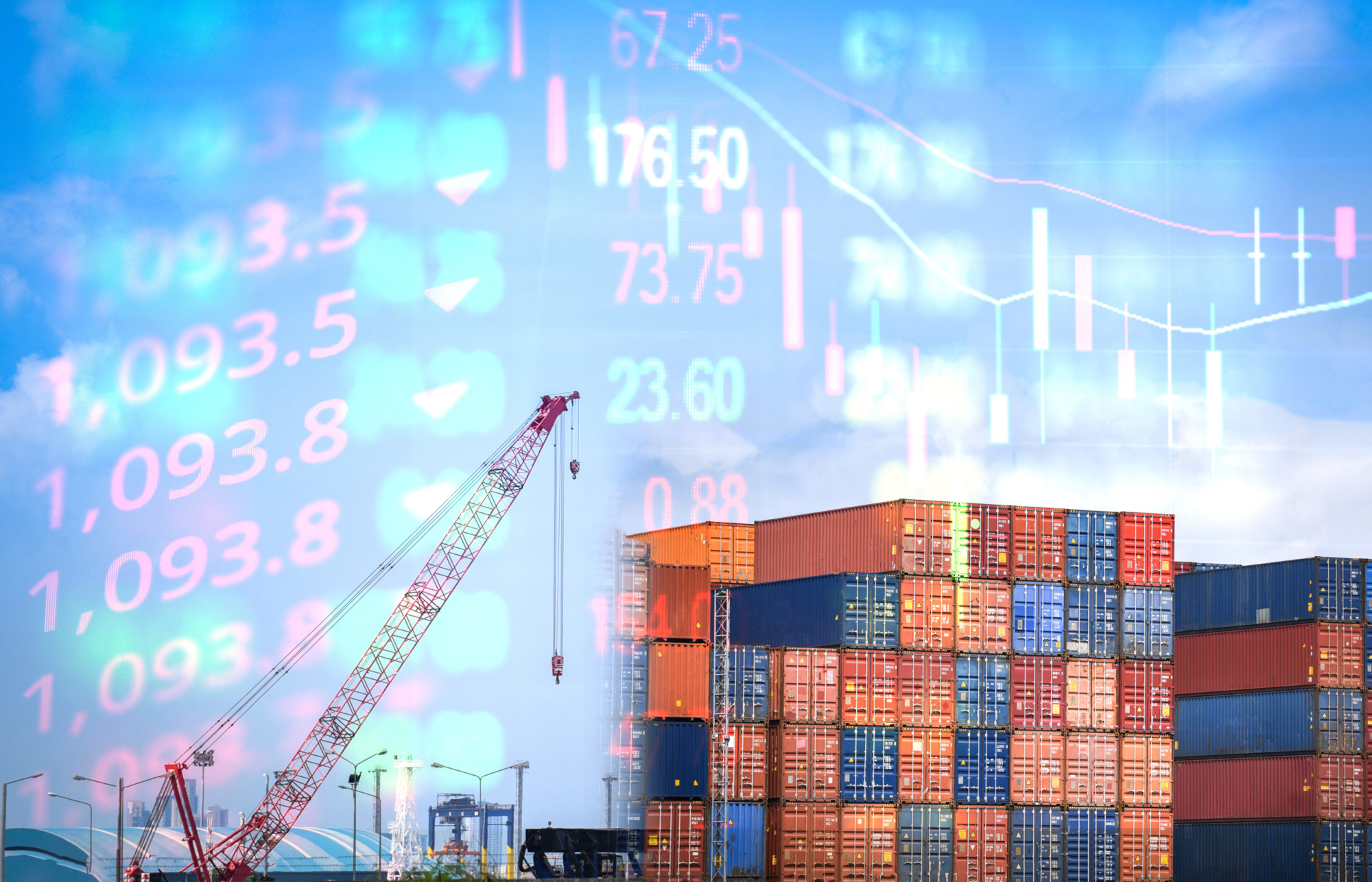
The shipping industry is navigating dangerous waters, with critical shipping chokepoints facing unprecedented pressure, threatening global trade, food security and energy supplies. The United Nations Conference on Trade and Development (UNCTAD) “2024 Maritime Transport Review” pointed out that the stability of global supply chains is being undermined by geopolitical tensions, climate change and regional conflicts.
Also read: Global shipping headaches – droughts and rocket fires
Although maritime trade volume will grow by 2.4% in 2023, totaling 12.29 billion tons, the outlook for 2024 is fragile, with growth of only 2% expected. Disruptions at key chokepoints such as the Panama Canal, Suez Canal, Red Sea and Black Sea have led to higher shipping costs, longer transit times and strained logistics networks, putting recovery efforts at risk.
Chokepoint disruptions and rising costs
The Panama and Suez Canals, vital arteries for global trade, are under intense pressure. By mid-2024, traffic for both had dropped by more than 50%. The Panama Canal is facing low water levels due to drought, while conflicts in the Red Sea have disrupted shipping in the Suez Canal, which has seen tonnage drop by 70%.
As a result, more and more ships are rerouting around the Cape of Good Hope, and the number of people arriving there has increased by 89%. However, this shift comes with financial consequences. Due to the impact of the EU Emissions Trading System (ETS), container ships carrying 20,000-24,000 TEU on the Far East-Europe route now incur an additional emissions cost of $400,000 per voyage. These diversions exacerbate transportation delays and cause environmental impacts.
Logistics bottlenecks and supply chain pressures
Vessel diversions have caused congestion at major transshipment hubs including Singapore and major Mediterranean ports as diverted traffic exceeds port capacity. Global ship demand increased by 3%, while container ship demand increased by 12%, exacerbating pressure across the supply chain.
Vulnerable economies such as Small Island Developing States (SIDS) and Least Developed Countries (LDCs), which rely heavily on maritime connectivity to import essential goods, are most affected by these disruptions. If disruptions continue, global consumer prices could rise by 0.6% by 2025, while prices in small island developing states could rise by 0.9%.
Climate change: a growing risk
Extreme weather events are becoming more frequent, impacting port operations and further complicating maritime logistics. Choke lanes such as the Panama Canal and Suez Canal are particularly vulnerable to these disruptions, threatening operational safety and shipping schedules.
The UNCTAD report urges the maritime industry to invest in infrastructure and capacity-building to mitigate risks posed by climate change. The industry must also accelerate the shift to low-carbon technologies to align with global decarbonization targets.
Decarbonization and fraud: key challenges
Despite commitments from the International Maritime Organization (IMO) to reduce greenhouse gas emissions, the transition to green shipping remains slow. At the beginning of 2024, only half of the new ship orders were for ships capable of running on alternative fuels, while aging ships remained in service due to strong demand and rising freight rates.
Another emerging challenge is the rise of fraudulent ship registrations. These so-called “Dark Fleet” vessels operate outside international regulations and pose risks to safety, pollution control and seafarer welfare. UNCTAD urges countries to support the International Maritime Organization’s efforts to combat these practices and strengthen maritime law enforcement.
Increase resilience against future disruptions
To safeguard global trade, the UNCTAD report recommends several measures:
1. Strengthen infrastructure construction to ensure that ports and routes can still operate normally under pressure.
2. Accelerate fleet renewal and focus on alternative fuels to achieve decarbonization goals.
3. Strengthen maritime connectivity for vulnerable economies, especially small island developing countries and least developed countries, to integrate them into global supply chains.
4. Combat fraudulent ship registration and maintain international maritime standards.
A critical moment for global shipping
The shipping industry is facing a perfect storm of disruption, with bottlenecks, climate change and geopolitical instability combining to threaten global trade. Although modest growth is expected in 2024, the industry’s ability to adapt will shape the future of global supply chains. A coordinated global effort is essential to build resilience, lower emissions and maintain maritime connectivity, ensuring shipping remains a cornerstone of the global economy.











Leave a Reply Cancel reply
You must be logged in to post a comment.